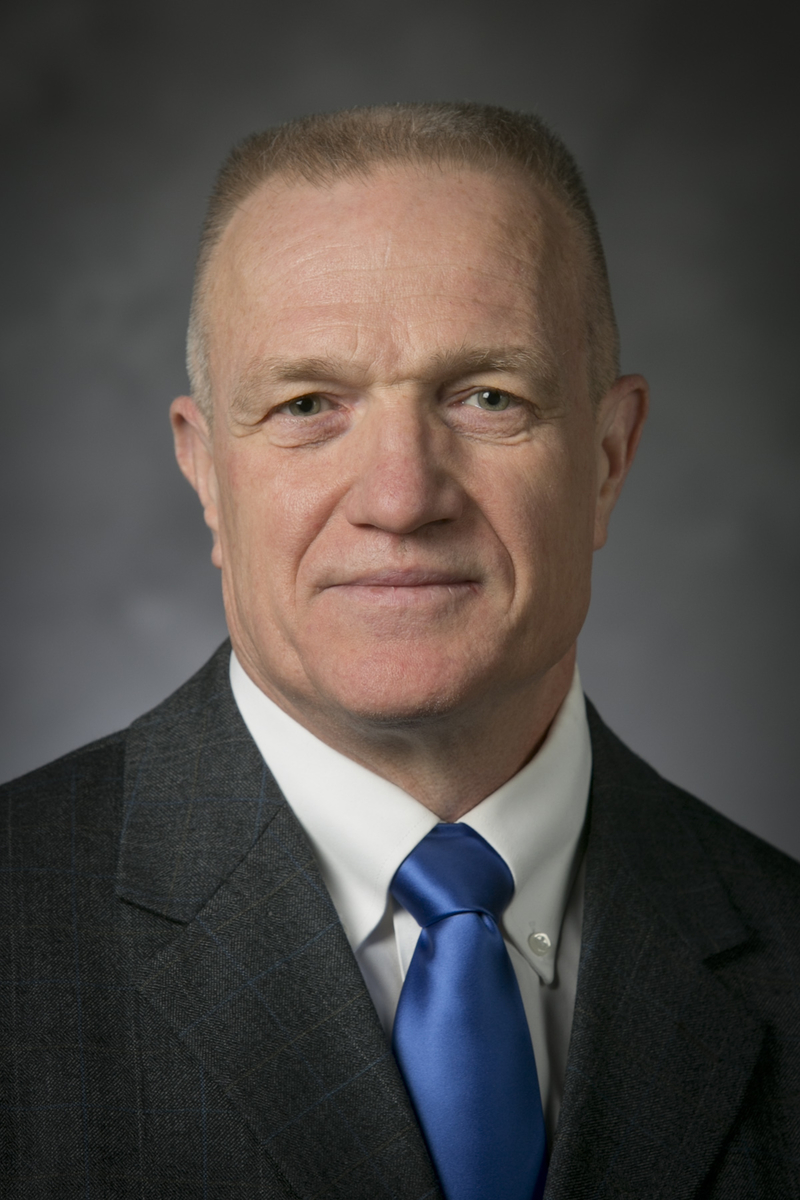
distinguished lecture series presents
Robert Bryant
Duke University / UC Berkeley
Research Area
Differential geometry
Visit
Monday, May 19, 2014 to Friday, May 23, 2014
Location
MS 6627

distinguished lecture series presents
Differential geometry
Monday, May 19, 2014 to Friday, May 23, 2014
MS 6627
No notes or recordings available for these lectures.

 Peter Markowich
Peter Markowich